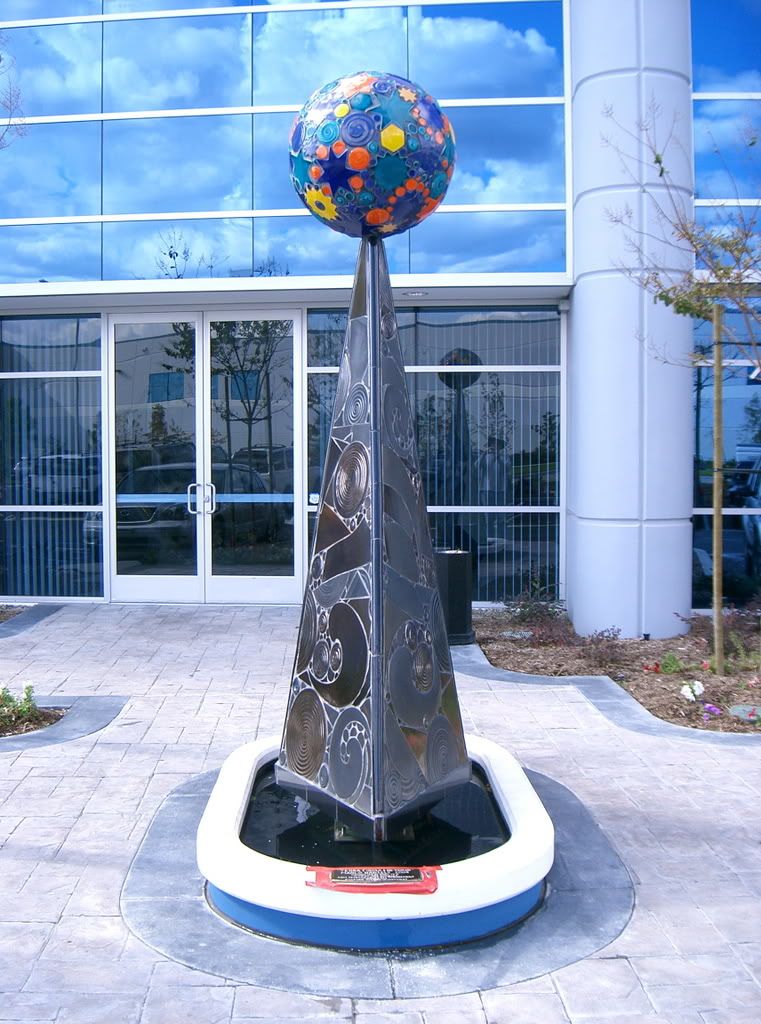This is Venice--you recognized it, right? Windward Avenue. I cropped this picture so you could focus on the colonnaded building. The whole picture--with charming beach visitors from 1912--is shown at the end of this post. And it's from Shorpy.com, a site that I love.
The colonnade is more than 100 years old, but a century ago, this was the St. Mark Hotel. A lot of the gingerbread trim has disappeared over the years.
The late and much-missed Ray Bradbury was instrumental in saving these columns, joining the efforts of the Venice Historical Society in 2008 to kick off the Ray Bradbury Adopt-a-Column fundraiser. A $2500 donation refurbishes and restores a neglected pillar--read about it here.
Want more of Venice? How about a film that captures it close to half-way between the St Mark's era and today?
Go rent Touch of Evil, a 1958 film noir by Orson Welles, and look long and hard the lengthy opening shot that goes on and on and on, much like this sentence, following Charlton Heston as a Mexican cop walking along the street in a border town with his new bride, played by Janet Leigh, as the music from the bars blare every time they pass an open door. Go rent it now. My blog will be here when you get back.

Jonas Never recently (about six months ago) completed a mural linking Touch of Evil and Venice today. Here's a picture--the actual artwork is 102 feet wide and 50 feet high, and it's on the side of Danny's Deli. Here's an article about the mural and artist from Venice Patch. The Public Parking sign is right in front of Inspector Vargas and his bride.
So--finally--I present the full-view 1912 picture. Click on it to get totally lost in the past, or at least, in one past:








